Well, a lot of things can be used against Spider mites,
But first let’s understand why one needs so many things and means.
Spider mites are extremely small, ranging from 0.2 to 0.5 millimeters in length.
Their size makes them difficult to detect without magnification.
The life cycle of spider mites typically consists of egg, larva, nymph, and adult stages.
They reproduce rapidly, with many generations occurring in a single growing season.


A few spider mites' individuals on the back side of a leaf
Spider mites on the backside of a tomato leafTheir color is red or yellow and the damage they make can be very big.

Damage to dry leaves of tomato plants done by spider mites 

A big colony of spider mitesThey can reach a state of immense quantities.
Hot and dry conditions favor the rapid reproduction of spider mites.
They are often a problem in warm and arid climates.

They are moving between plants, using webs that they produce,
and suck the liquids out of the leaves, leaving them dry.
Some species of spider mites produce fine silk webs on the plants they infest.
These webs serve several purposes, including protecting them from predators and adverse environmental conditions.
Spider mites feed on plant cells by piercing the cell walls and extracting the contents.
This feeding behavior can result in stippling, discoloration, and a general decline in plant health.


Spider mites using webs to move on a tomato leaf
Spider mite's colony on tomato leaves
Webs on a cucumber leaf done by spider mitesThis can happen in a matter of days if not taken care of.
Severe infestations can lead to reduced yields, stunted growth, and even death of plants if left untreated.


Spider mites damage cucumber leafSpider mites are active on all vegetable crops.
Spider mites can infest a wide range of plants, including vegetables, fruits, ornamental plants, and field crops.
They develop tolerance to many designated pesticides.

Spider mites moving on webs they created
Symptoms of spider mites damage to eggplant leaves. The spider mites are staying on the backside of the leaves.
Infestation of spider mites on watermelon leaves
Spider mites on the backside of a cannabis leaf
Spider mites' webs around a strawberryThey are not affected at all by many of the pesticides developed at great cost to give a proper solution against them, turning out to be very hard to eradicate.
Use at least 3 kinds of different pesticides, and alternate between them every 3 days,
in order to overcome pest’s resistance, and completely exterminate them.
For further information about this, read this post, and this post also.
There are 3 ways to eliminate spider mites: chemical, organic and biological.
Controlling spider mites involves a combination of cultural, biological, and chemical methods.
These may include:
Chemical:
The best pesticides for spider mites,
Chemical active ingredients:
| 1.BIFENAZATE |  | |
| 2. ABAMECTIN |  | |
| 3. MILBEMECTIN | ||
| 4. ACEQUINOCYL |  | |
| 5. FENBUTATIN OXIDE | ||
| 6. CYFLOMETOFAN | 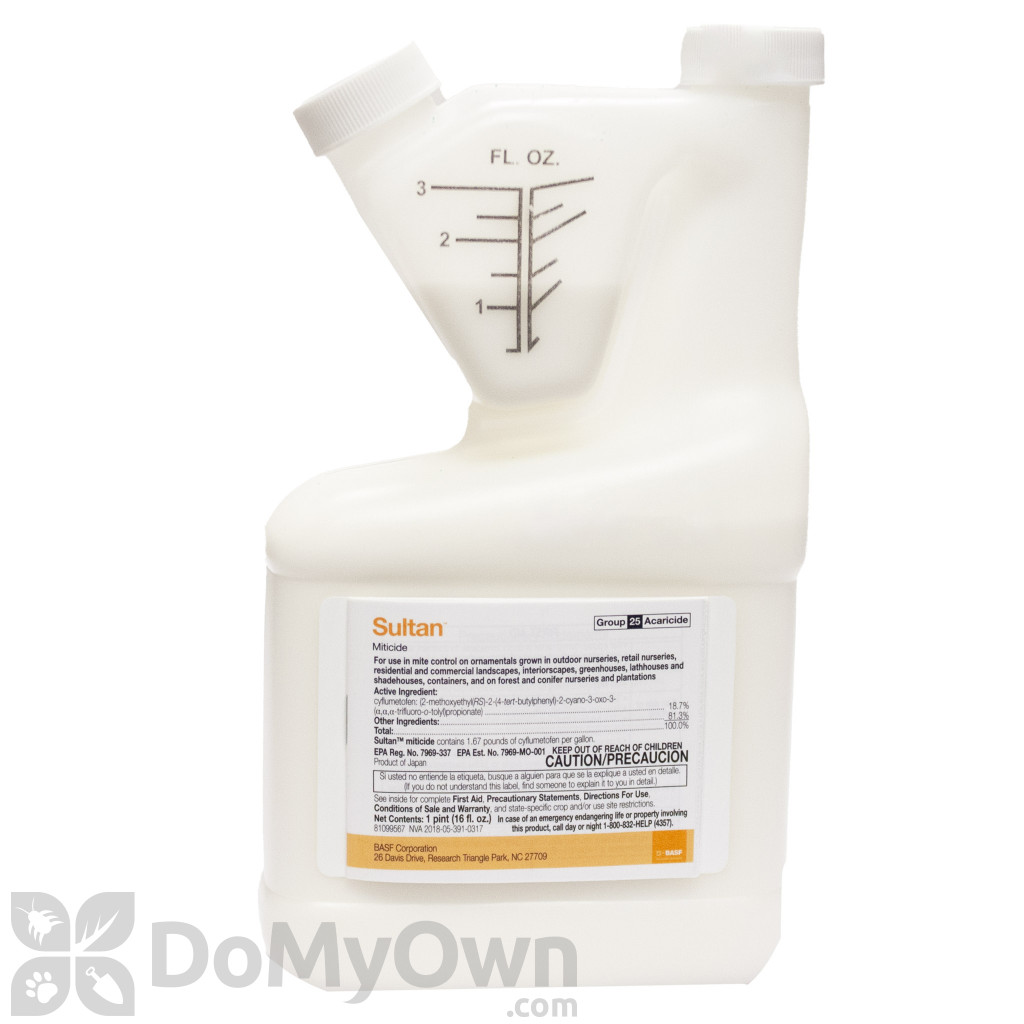 | |
| 7. ETOXAZOLE | 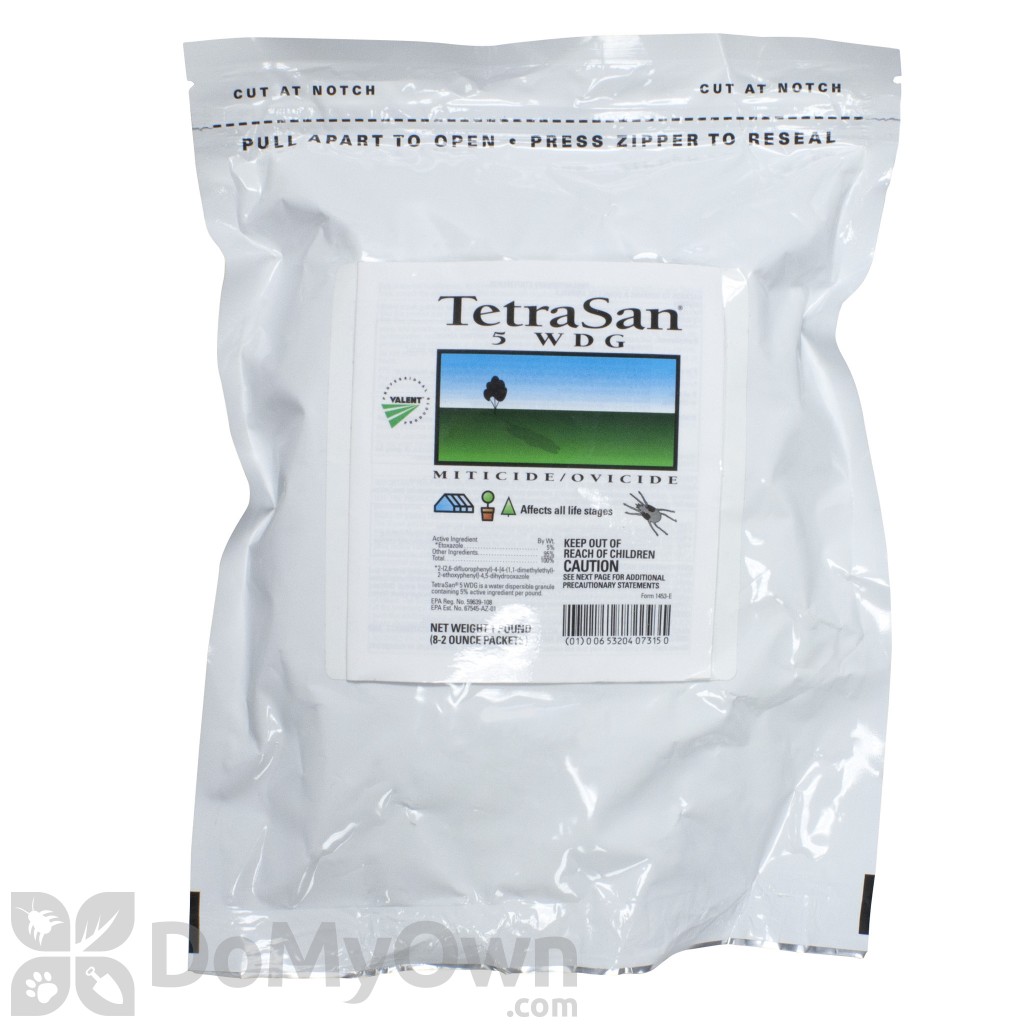 | |
| 8. SPIROMESIFEN | 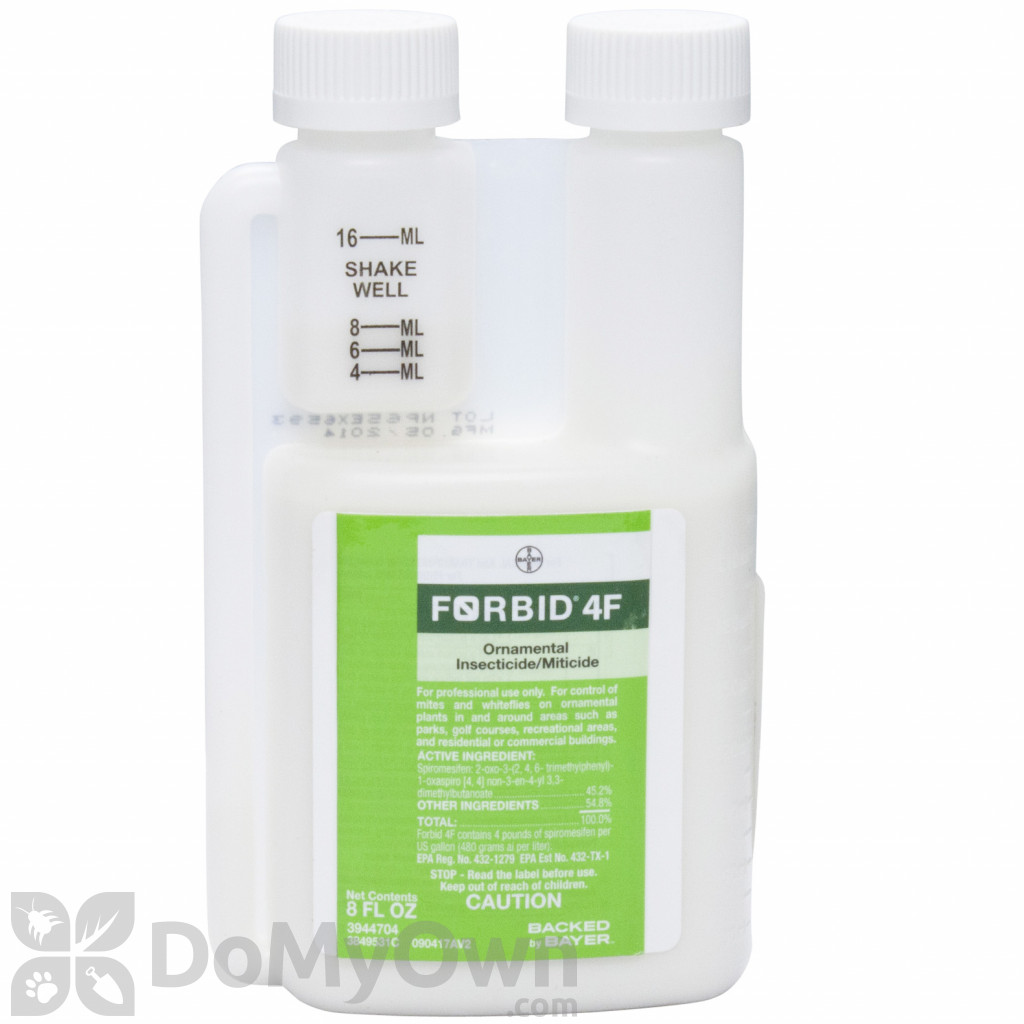 | |
| 9. NEEM OIL |  | |
| 10. MINERAL OIL |  | |
| 11. AMITRAZ | ||
| 12. CHLORFENAPYR | 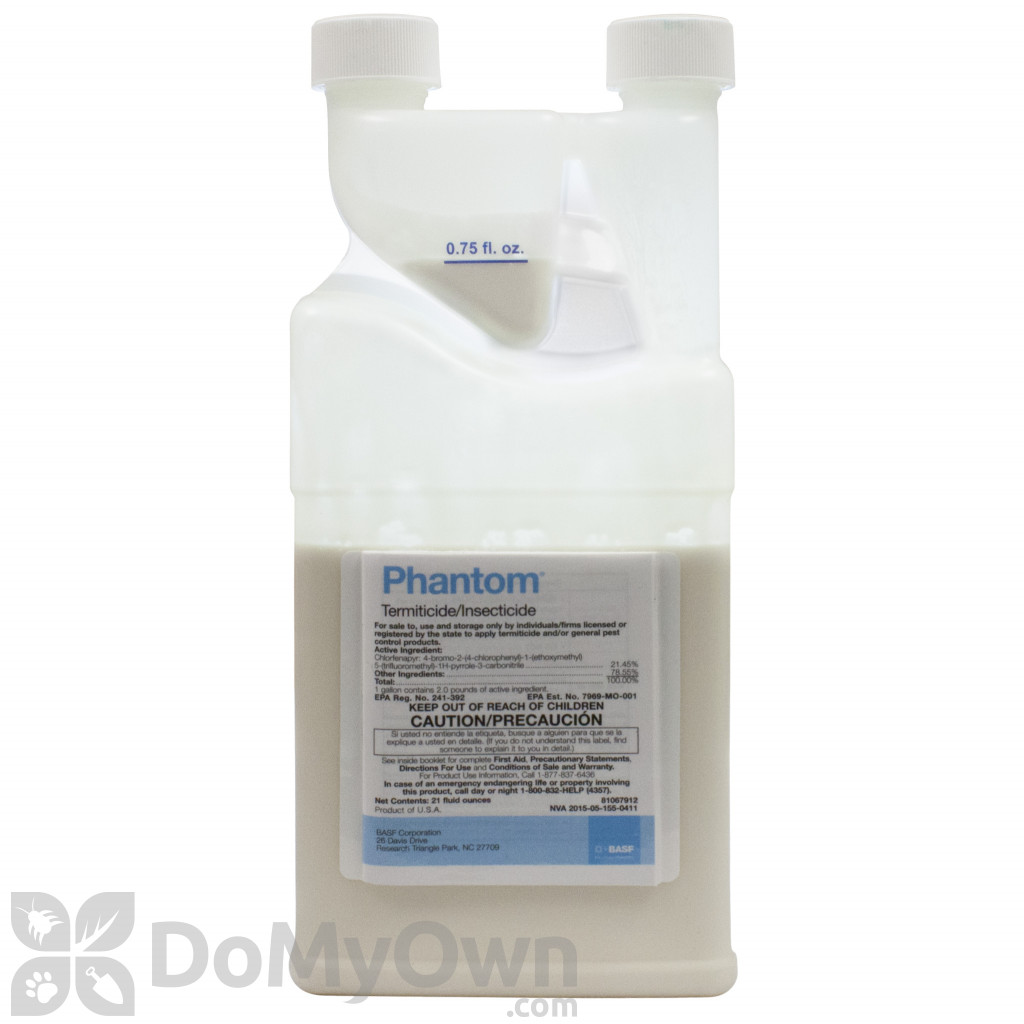 | |
| 13. CLOFENTEZINE | 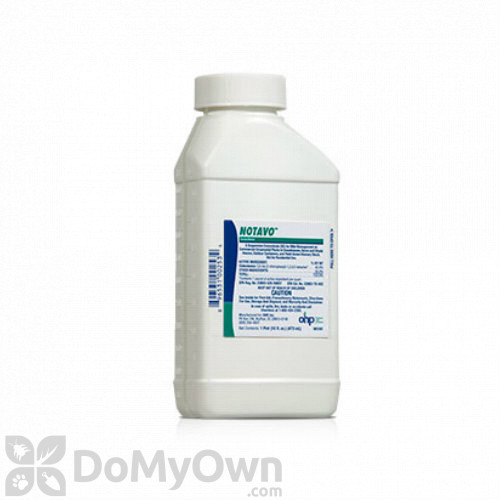 | |
| 14. CYHEXATIN | ||
| 15. DIAFENTHIURON | ||
| 16. FENAZAQUIN |  | |
| 17. FENPYROXIMATE | 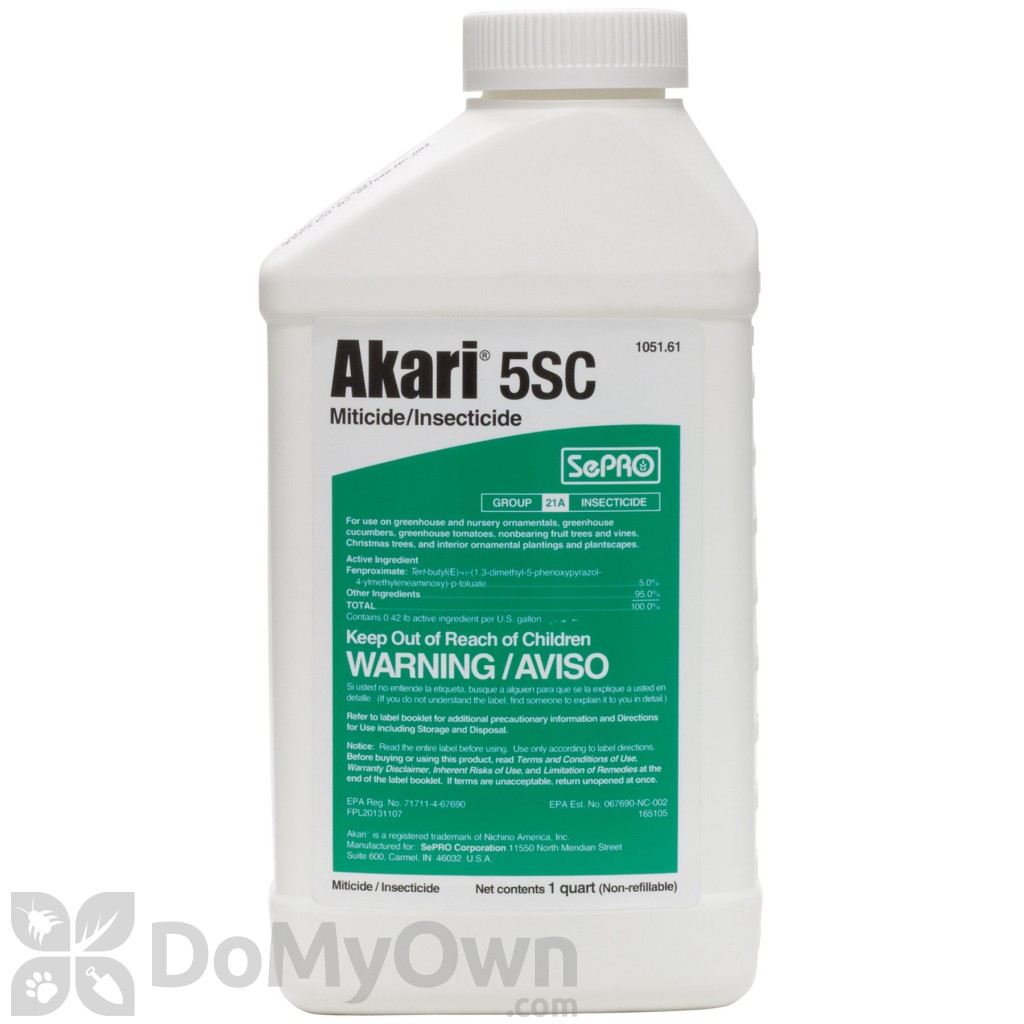 | |
| 18. PYRIDABEN | 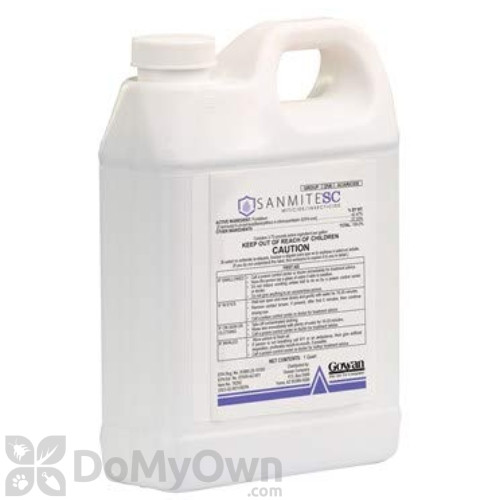 | |
| 19. PYRIMIDIFEN | ||
| 20. TEBUFENPYRADE |
Organic:
Neem oil–
A naturally occurring pesticide that is found in seeds from the neem tree.
Azadirachtin is the most active component here.
It reduces insect feeding and acts as a repellent.
It also interferes with insect hormone systems, making it harder for insects to grow and lay eggs.
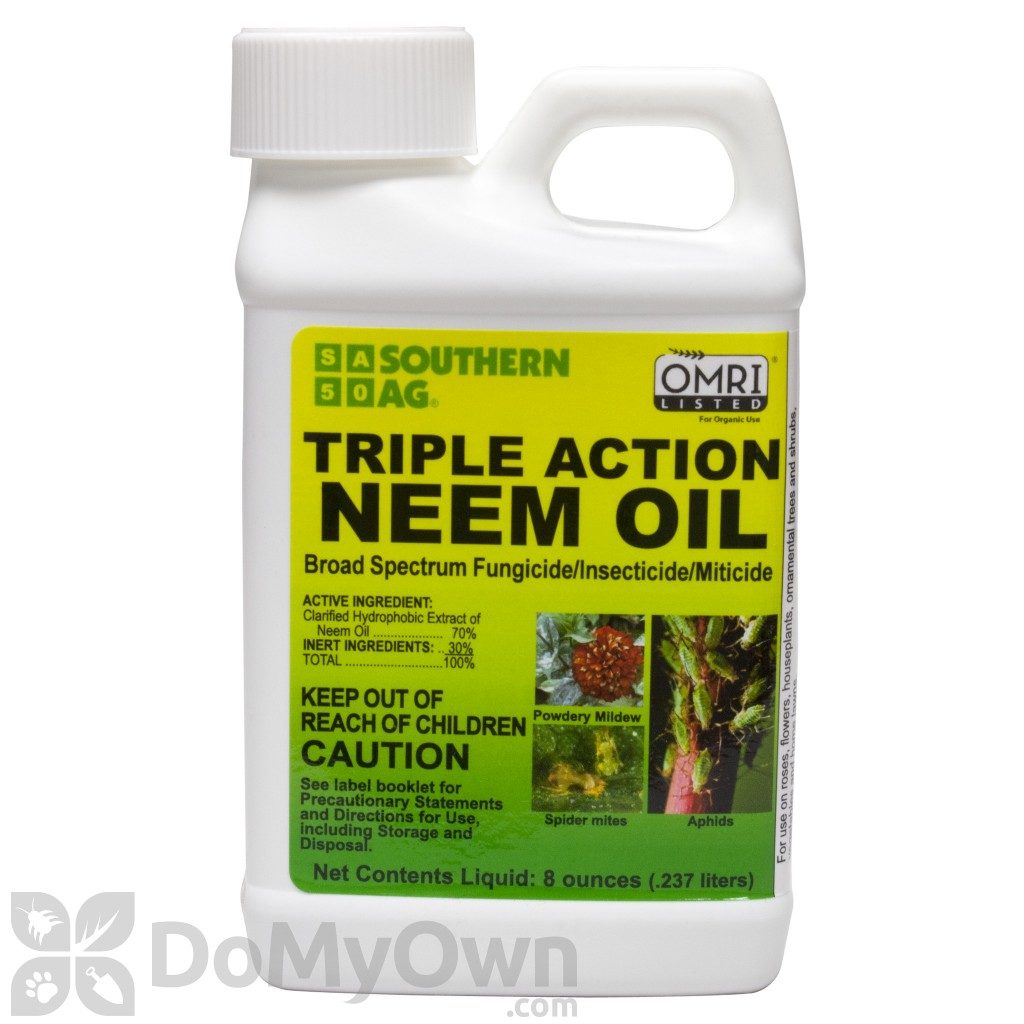
Sulfur –
The popular fungicide which controls the fungi named powdery mildew has also an acaricidal effect on spider mites,
adults and eggs.
On average, sulfur reduced mite infestations to low levels within one week of treatment
and eliminate mites as of three weeks post treatment.
It is important to mix the sulfur with water in the amounts indicated on the product label.
Usually mix 4 tablespoons per each 1 gallon of water used.
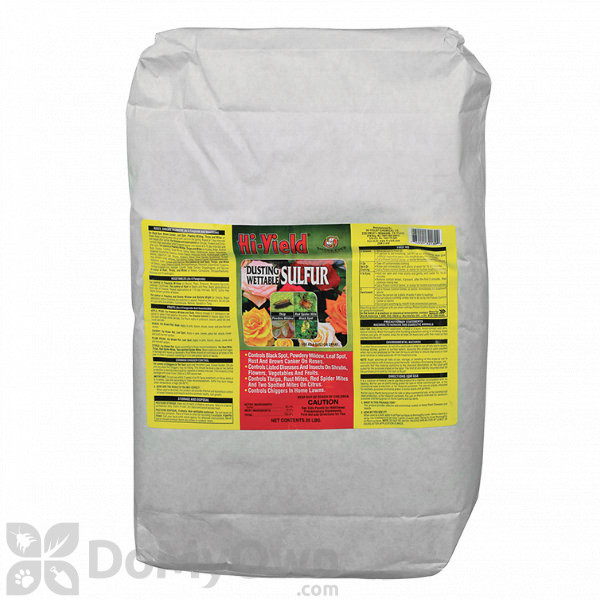
Pyrethrin (pyrethrum)-
A collection of six esters, which are found in high concentrations within the achenes of the flower.
It targets insects’ nervous systems.
Pyrethrin induce excited behavior in the insect, which results in increased insect exposure to the pyrethrin and eventual death.
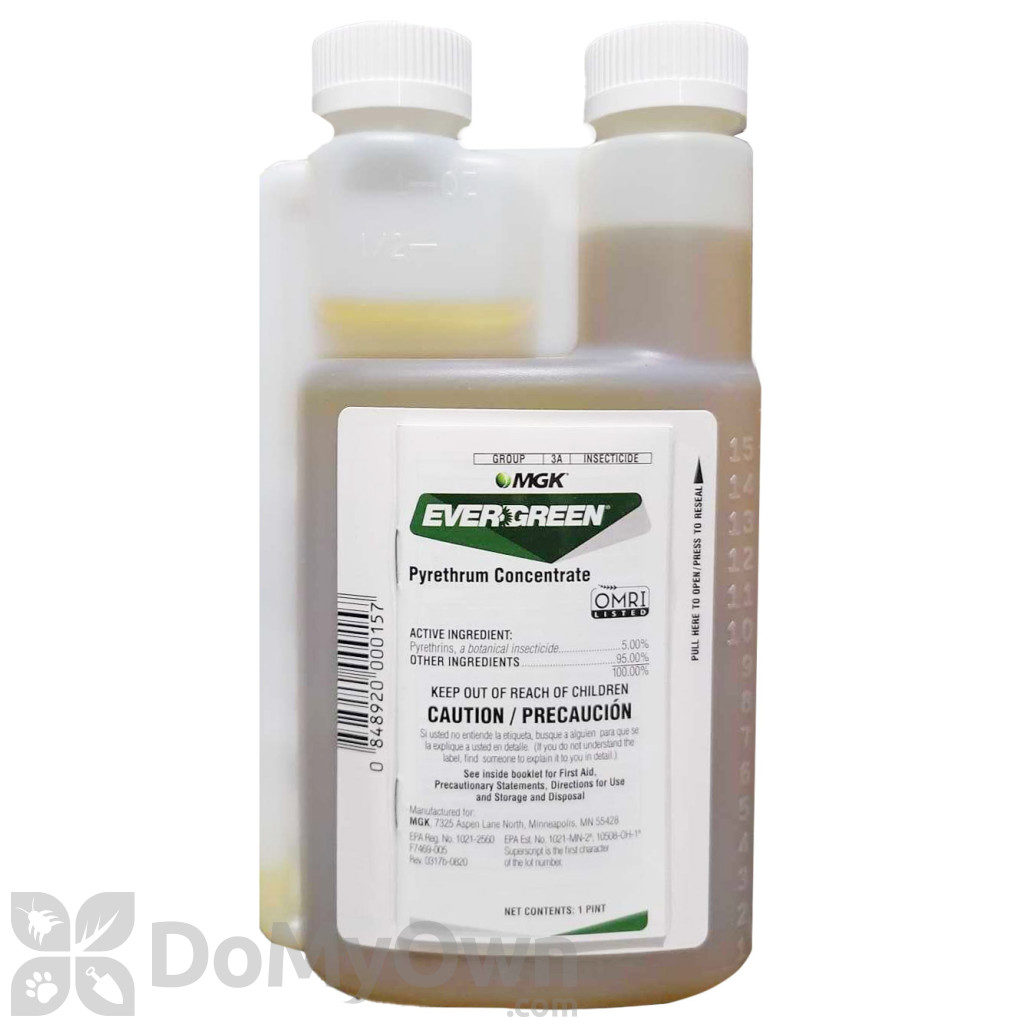
Mineral oil–
Covers the egg, larva, nymph and adult stages, causing suffocation.
It leaves no toxic residue on plants.
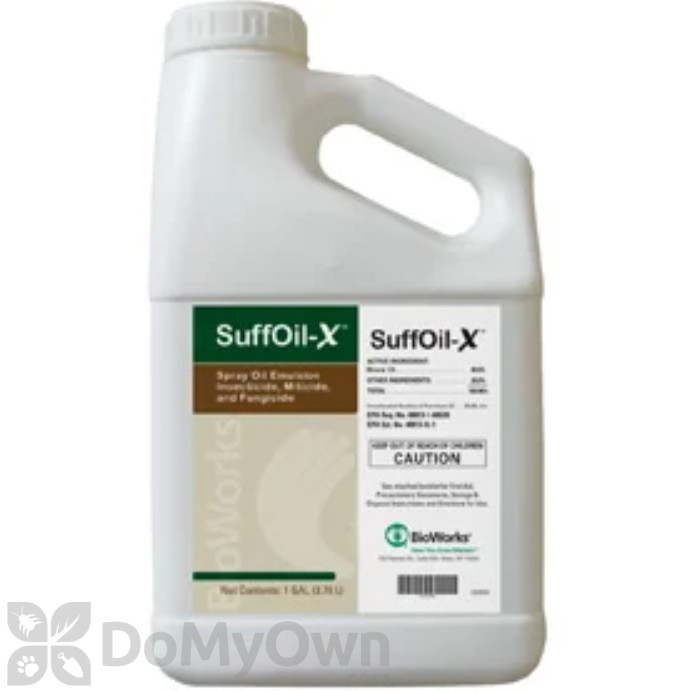
Paraffinic oil–
acts as a smothering and prevents insect respiration.
For maximum effectiveness, spray all kinds of oils well
especially on the underside of the leaf.
The foliage of the crop should be well moistened.
Spray in the cool evening hours.
It is recommended to spray two consecutive sprays three days apart.

Biological:
Phytoseiulus persimillis –

The carnivorous mite Phytoseiulus persimilis, which originates in South America,
serves as an effective natural enemy of spider mites.
The adult female is pear-shaped and orange-reddish in color.
Its main characteristics are: long front legs and rapid movement
especially when exposed to strong light or when its normal activity is disturbed.
The young stages (larvae and nymphs) are oval in shape and pale pink in color.
Its rate of development is almost twice as fast as that of the pest.
It is no wonder, then, that the persimilis mite is considered a particularly effective natural enemy
with an impressive ability to suppress populations of harmful mites.
It’s a great mite predator for spider mites in humid greenhouses, and in dense field crops.
It consumes eggs, nymphs, and adult stages of mites.
Spider mites are killed by being searched by the predatory mites, that suck them dry once found.
Release at first sign of mite infestation.
Once leaf damage is serious, as more than 4 mites per leaf, achieving control is more difficult.
For heavy infestations, remove the most affected parts of the plant.
In which crops are Phytoseiulus persimilis effective?
Strawberry
Medicinal cannabis
Anthurium
Tree and shrub nursery
Tomato and Cherry tomato
Sweet pepper and Hot pepper
Roses
Melon and Watermelon
Green and Runner bean
Grapes
Gerbera
Eggplant (aubergine)
Cucumber and Gherkin
Chrysanthemum
Apply mites repeatedly by inverting the bottle, over spider mite-infested leaves.
Each inversion delivers a measured amount of vermiculite.
Tap and roll bottle before re-opening it.
These are live organisms, that are shipped directly from the manufacturer
via fast next day mail delivery, so they do not die during transit.
Biological beneficials have a very short life expectancy and therefore need to be introduced into the crop
as soon as possible after receipt.

Regular monitoring of plants, early detection, and prompt action are crucial for managing spider mite infestations. Integrated pest management (IPM) strategies that combine various control methods are often the most effective approach.
You might also like these articles:
- A Comprehensive Guide to Caterpillar Pest Control
- Bacterial leaf spot treatment
- Beneficial insectaries
- Best insecticides for vegetables garden
- Combatting Thrips: Effective Strategies for Eliminating and Controlling Pest Infestations
- Desert Wonders: Cultivating Beautiful Cactuses
- Effective Control Methods for Japanese Beetles and Grubs in Your Garden
- Effective Ways to Control Leaf Miners: Chemical, Organic, and Biological Treatments
- Fusarium wilt treatment
- Getting rid of mealy bugs
- Growing Corn: Tips for Choosing the Right Variety and Achieving Healthy Growth
- Growing vegetables in greenhouse for beginners















An impressive share, I just given this onto a colleague who was doing a little analysis on this. And he in fact bought me breakfast because I found it for him.. smile. So let me reword that: Thnx for the treat! But yeah Thnkx for spending the time to discuss this, I feel strongly about it and love reading more on this topic. If possible, as you become expertise, would you mind updating your blog with more details? It is highly helpful for me. Big thumb up for this blog post!